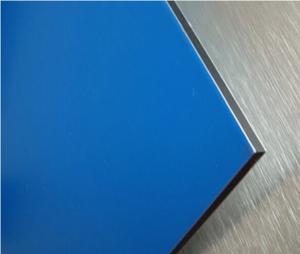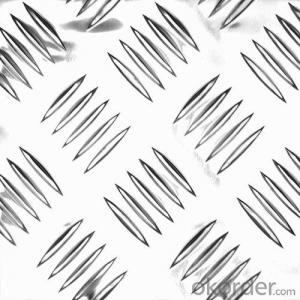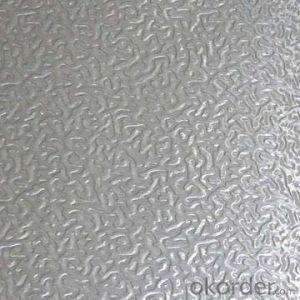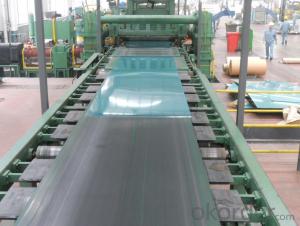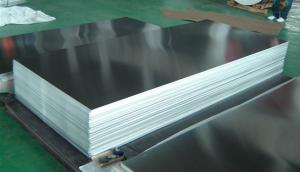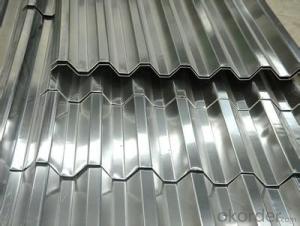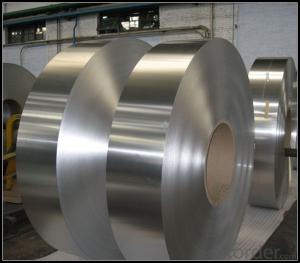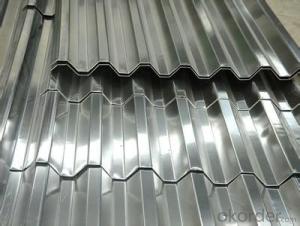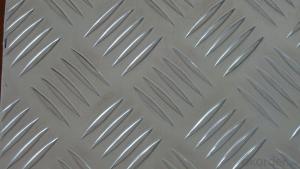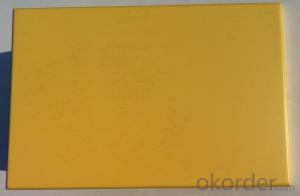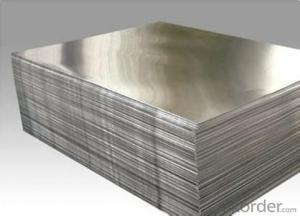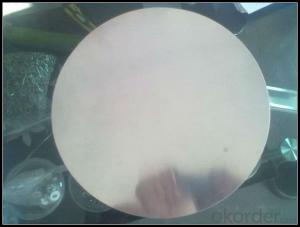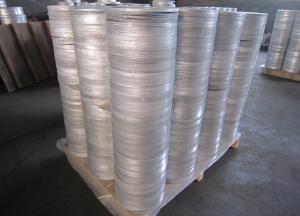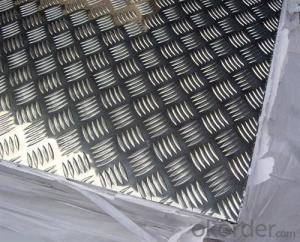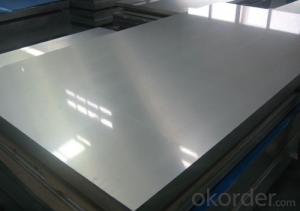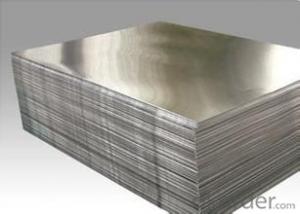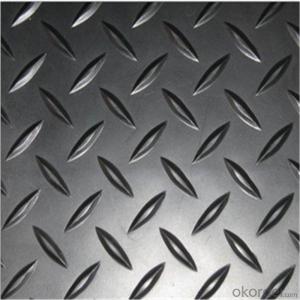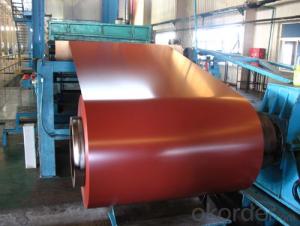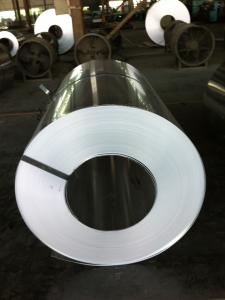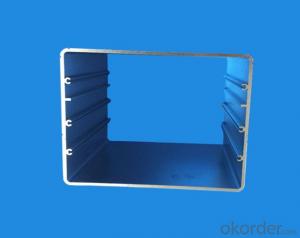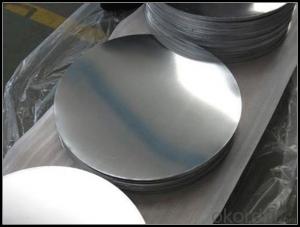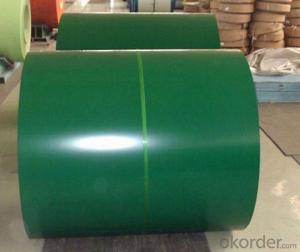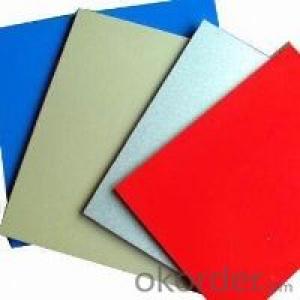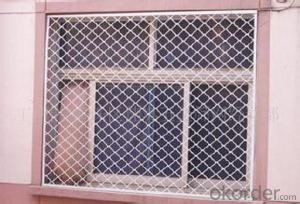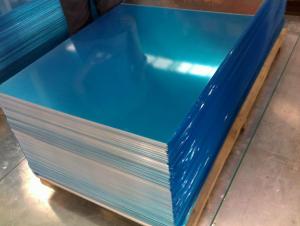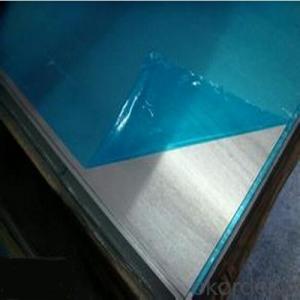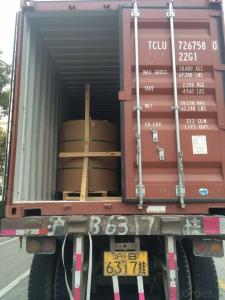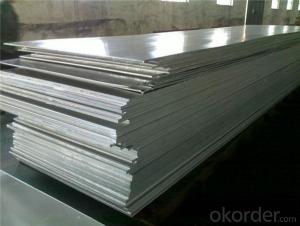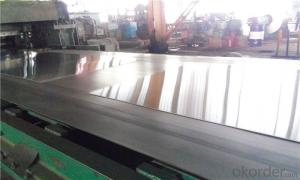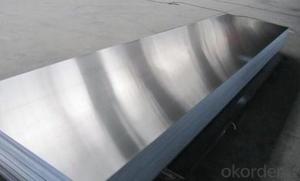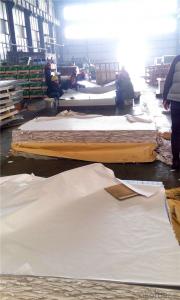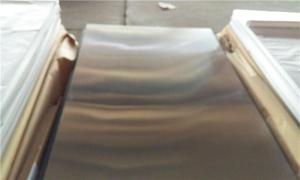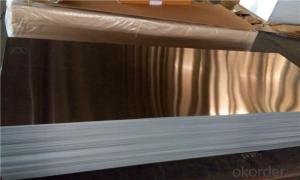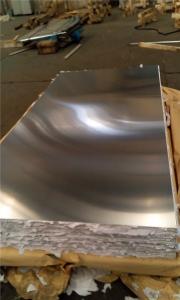14 Gauge Aluminum Sheet
14 Gauge Aluminum Sheet Related Searches
18 Gauge Aluminum Sheet 20 Gauge Aluminum Sheet 16 Gauge Stainless Steel Sheet 1 4 Diamond Plate Aluminum Sheet Polished Aluminum Sheet 1/4 Diamond Plate Aluminum Sheet 16 Gauge Sheet Steel Aluminum Foil Sheet 4X8 Sheet Aluminum Aluminum Sheet Plate Aluminum Circle Sheet Corrugated Aluminum Sheet Rolled Aluminum Sheet Cutting Aluminum Sheet 19 Gauge Sheet Metal Aluminum Sheet And Plate 1 4 Thick Aluminum Plate Sheet Of Aluminum Foil Aluminum Checker Plate Sheet 18 Gauge Galvanized Sheet Metal Large Aluminum Foil Sheets Sheet Of Diamond Plate Aluminum Aluminum Sheet With Holes Thick Aluminum Foil Sheets Coil Coated Aluminum Sheet Aluminum Sheet Coil 1 4 Inch Thick Aluminum Plate 1 8 Diamond Plate Aluminum Sheet 1 4 Aluminum Plate Aluminum Sheet Stock Thickness14 Gauge Aluminum Sheet Supplier & Manufacturer from China
14 Gauge Aluminum Sheet is a versatile metal product known for its durability and lightweight properties. It is commonly used in various industries, including construction, automotive, and aerospace, due to its strength and corrosion resistance. This product is also popular for its ability to be easily cut, shaped, and welded, making it an ideal choice for a wide range of applications. From creating custom parts to building structures, 14 Gauge Aluminum Sheet offers a reliable and cost-effective solution for many projects.14 Gauge Aluminum Sheet is widely utilized in applications such as roofing, siding, and fabrication of various components. Its versatility allows it to be used in both indoor and outdoor environments, making it a popular choice for architects and engineers alike. The sheet's ability to withstand harsh weather conditions and resist corrosion makes it an excellent material for construction projects, while its lightweight nature is beneficial for automotive and aerospace applications where weight reduction is crucial.
Okorder.com is a leading wholesale supplier of 14 Gauge Aluminum Sheet, boasting a large inventory to cater to the needs of various industries. With a commitment to providing high-quality products at competitive prices, Okorder.com ensures that customers have access to the materials they require for their projects. By offering a comprehensive range of aluminum sheets, including 14 Gauge Aluminum Sheet, Okorder.com has established itself as a reliable source for businesses and individuals seeking to purchase this versatile product.
Hot Products
